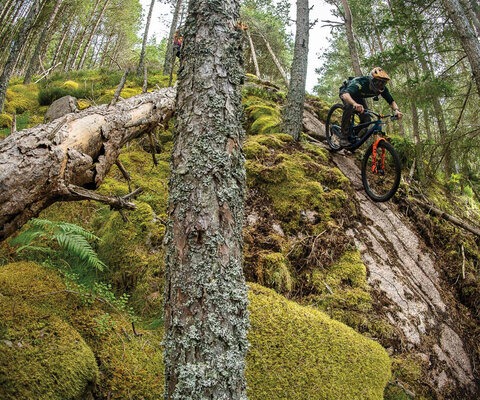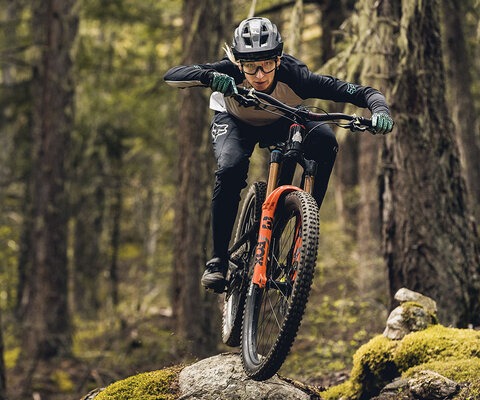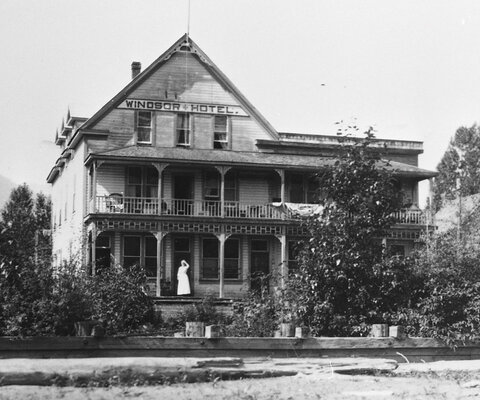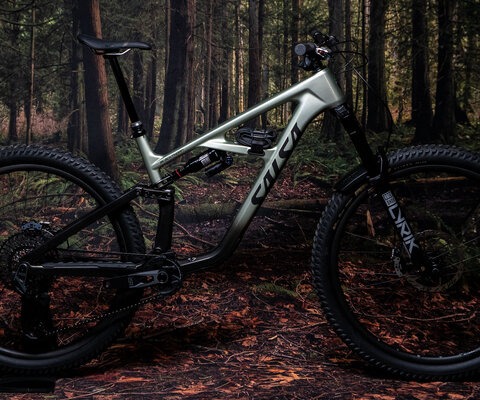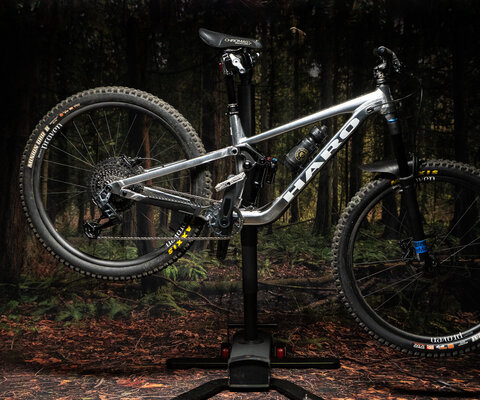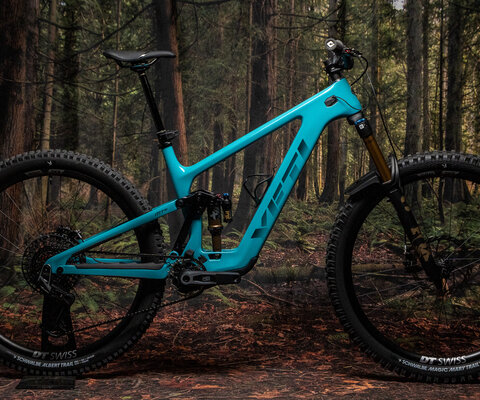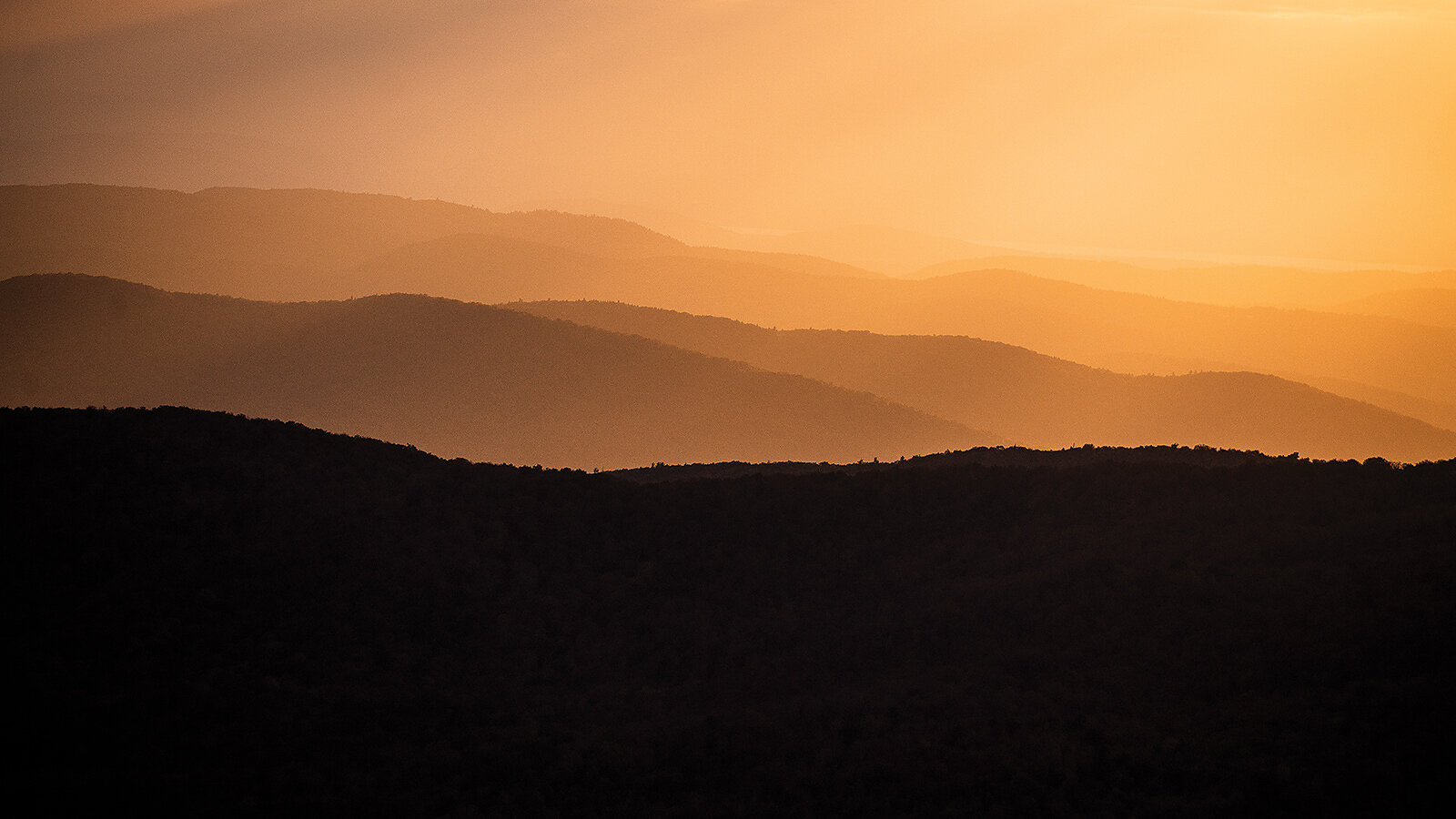
Good Livin' Dunne Wright The Interconnectivity of Vermont's People, Places and Trails
Words by Myles Trainer
Small talk whispers through the air, the common chatter of a local trailhead: “What’s Quinn doing for work?” “Okemo is supposed to open for Thanksgiving, can you believe it?” “What a busy summer…”
Nearby, the area's distinguishing geological feature, a large boulder split at its center, seems to stare down at us as we gather in a parking lot next to a tiny nursery. A woman walks by with a big smile, roots slithering from her dirt-smothered Carhartts.
As we prepare to ride, the locals glow, quiet and proud. Here, only out-of-towners speak loudly. The Reading Greenhouses and Farm Market, during this era of my youth, provided the stage for a subtle confluence of Vermont’s culture—not only the start of a bike trail, but also a place to stop and buy a Christmas wreath.
A place's essence can be elusive. Sometimes we're able to pinpoint it, especially in areas where we've spent countless hours opening ourselves up through time spent exploring. I came to understand Vermont through the connection of its trails to its people—the Joe’s Jungles and Lyle’s Labyrinths, singletrack so intertwined with its caretakers it became one and the same. This connection between people sculpted my idea of mountain biking as community.
As kids, we built jumps in our yard; in the ditch that separated the Sunoco gas station and our parents’ shop, and on every other free patch of earth in between. We’d pedal into town and wave at Ricky Blake as he sat in his luxurious steel-clawed bathtub retrofitted with a propane heater. His hot tub. On other days, my wave was directed at the nursery tender as I slipped behind her greenhouse into the forest. Our little secret, I thought, as I rolled directly through the giant Split Rock. It was the first proper trail I ever rode, and its unique entrance sparked my imagination as I wondered how the behemoth came to be and why a trail snaked from its guts.
Maybe it was the mushrooms we investigated, or the slithering snowmobile trails covered in leaves, or the landowners who reprimanded us for jumping their driveways, but each adventure sculpted us. Each adventure shaped the way we lived and the way we wanted to live when we were older.
But Split Rock was merely my portal into a larger world. The regular loop meandered across dirt roads, past properties owned by equestrians who you might even see on the bike trails and finally across an iconic New England covered bridge before heading back into the Labyrinth. In the early days of my endurance, I wondered about the dark trails that dumped back onto the main Labyrinth loop. It wasn’t until I really pushed my dad with my curiosity that he took me up Rush Meadow Road to Good Livin’ Dunne Wright.
The trail name was derived from four landowners—the Goodmans, Livingstons, Dunnes and Wrights—who accepted the trail flanking the back quarters of their properties. At that time, I’d never ridden proper trail networks, just rogue trails adopted by people who respected the builders linking together forgotten pieces of forest. I found rhythm on Good Livin’ Dunne Wright in the way it wrapped itself sinuously along the hillside. Mostly, though, I was just impressed by the people who made that trail work.
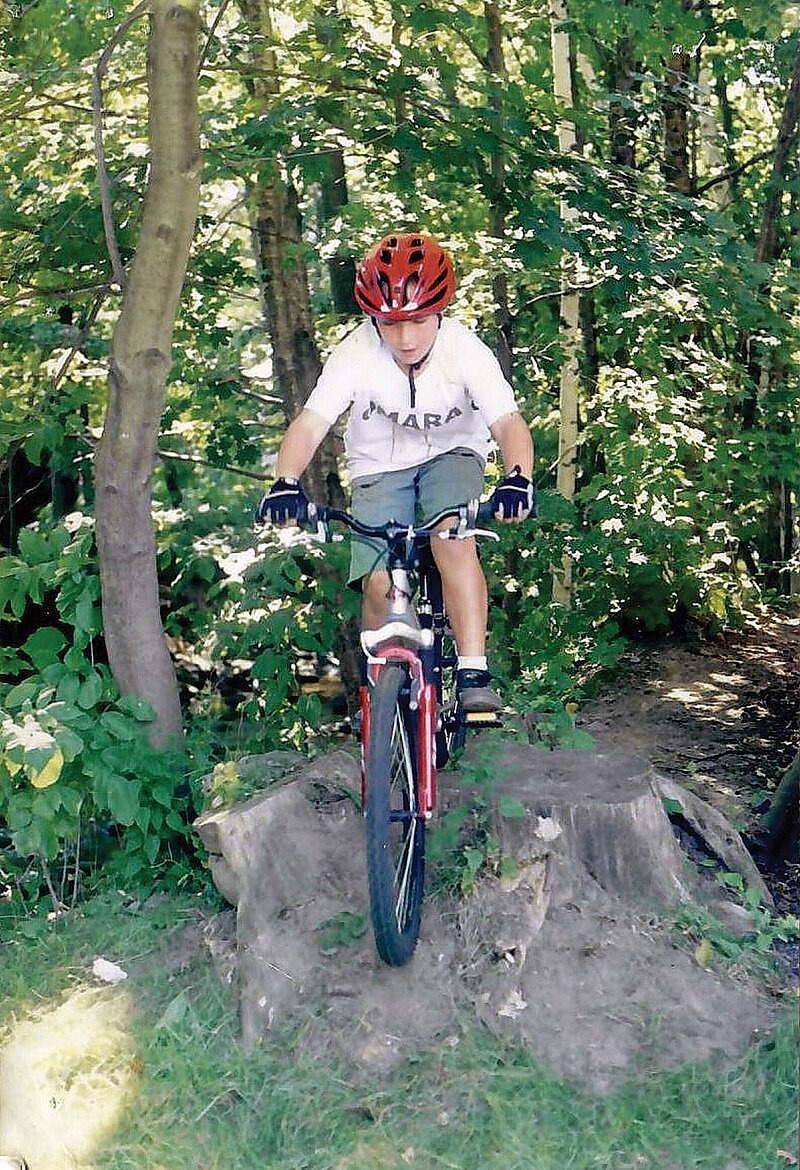
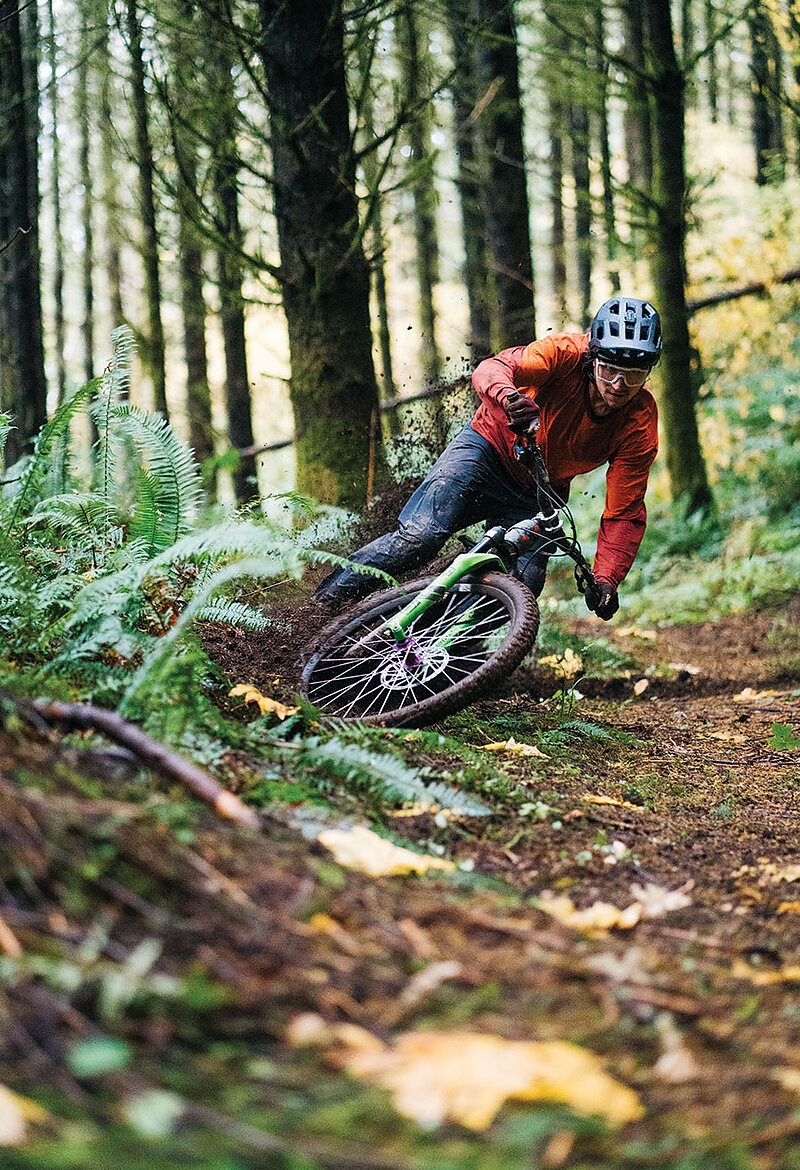
Down the road from my family’s home, next to a quaint European-style farmhouse, a sign reads “Free Range, Organic, Grass Fed Firewood.” Besides being a reliable source of a good chuckle, Daryl and Jennifer’s sign also acts as an example of Vermont’s penchant for backwoods oddities, and for their usefulness in orienting yourself, like a constellation of zany waypoints. A mushroom-shaped cairn. A scarecrow on a porch. A section of blue-painted trees. A gigantic metal spider whose position seemed to change inexplicably over time. On one farm, toward the final leg of trails in the Split Rock loop, wild sculptures could have been interpreted by those unfamiliar as intimidation tools for warding off trespassers. But, for mountain bikers, the symbols meant we were welcome and that the trail we were about to ride was probably ripping.
Mike Scully lived on the backside of one of the properties we frequented and maintained his portion of trail. The leather gardening gloves he wore for riding were so worn you could almost discern his favorite grips without ever seeing his bike.
“Oh yeah, Mike was slated for the U.S. cycling team but couldn’t give up his cigarettes—or, what he liked to call, his speed sticks,” my parents once told me. Mike’s trails billy-goated up from the road with the giant spider on it. The corners were tight and eventually dropped into a dreamy open conifer forest.
“This section’s what tele skiers dream of, wide-open trees with forgiving terrain to let it rip,” Mike told me one day by way of explaining his zone.
Across the valley and over a small hill was Joe’s Jungle. Joe Collins came from an ironworking family in Massachusetts and his appearance was that of Popeye but with a joyous smile. Despite his broad shoulders and stout build, Joe ran handlebars narrower than any skinny made during the height of mountain biking’s freeride movement. Luckily most of his trails twisted through mature maple forests because the ones in younger forests got the narrow-bar treatment.
“Gary took one of those maple saplings out with his shoulder; that’s why we call him Gary the Gazelle,” Joe said, snickering as he ribbed our friend Gary Macia, who blew through the little tree like it was a slalom gate. The tight trees were a trail feature in and of themselves. A smooth run required remembering exactly where to shut it down enough to wiggle through—an acrobatic trail stunt that reflected Joe’s sly sense of humor.
The license plates on Joe’s two cars read “TELE1” and “TELE2.” But skiing had become a secondary passion for him as riding and trailbuilding grew from hobby to whole world. Even so, Joe-built trails did evoke emotions similar to those found on mellow ski tours through Vermont’s hilly landscape. Joe’s Jungle started in his backyard high up on Blood Hill. The trails wound down into the valley before taking a turn through horse pasture leading into another mind-melting descent.
I don’t live in Vermont anymore, though my mind often drifts to those quietly churning dirt there. A teacher once told me, “I can only start writing about a place after I’ve lived there for two years.” I’m closing in on that timeline in the Pacific Northwest and already starting to see similarities to the mountain bike community I grew up in back home—quiet math teachers creating trail features that would puzzle any geometry wizard, a coffee machine technician whose devotion to two wheels surpasses that of any of the kids “living the dream.”
I’m often asked where the best riding in Vermont is. The truth is, I don’t know. I was so absorbed in its microculture of badass riders and eccentric property owners that better never occurred to me as something worth searching for. In the tiny orb of Rush Meadow, Shattuck Hill and Shedsville roads, an entire universe unfolded before me.
“GARY TOOK ONE OF THOSE MAPLE SAPLINGS OUT WITH HIS SHOULDER, THAT’S WHY WE CALL HIM GARY THE GAZELLE.”
—JOE COLLINS
